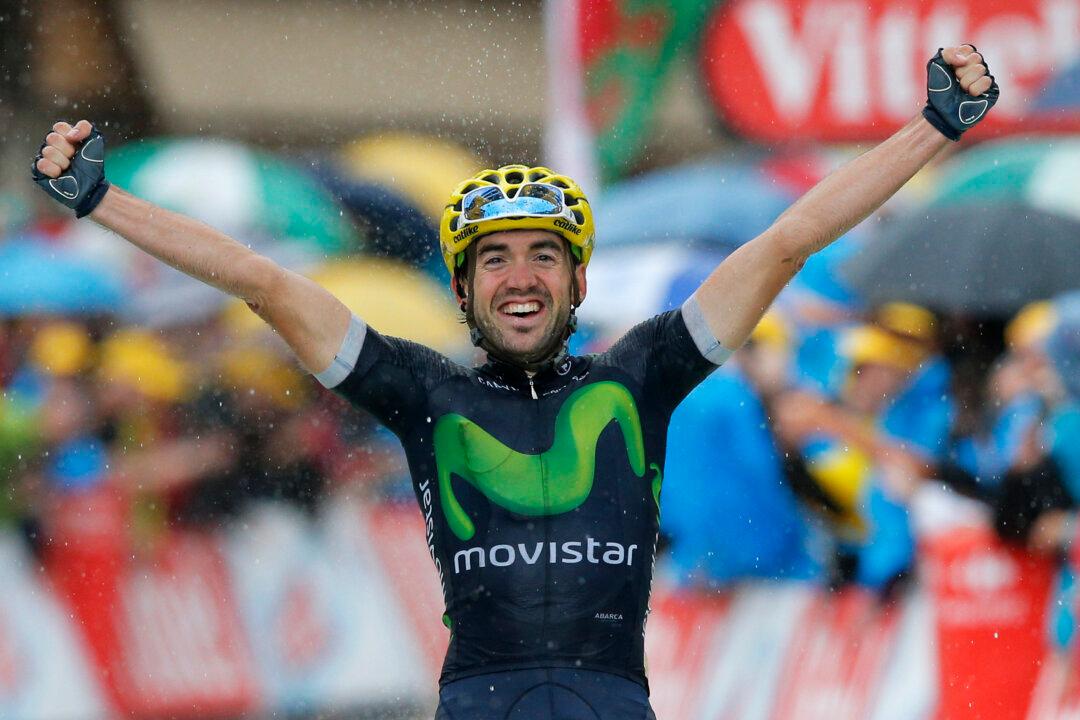Movistar’s Jon Izaguirre scored Spain’s first stage win in stage 20 of the 2016 Tour de France, by beating some the sport’s best descenders on a dangerously quick and slippery downhill.
Ixaguirre attacked on the final climb of the final mountain stage of this year’s tour, the Hors Categorie Col de Joux Plane, catching three riders: Etixx-Quickstep’s Julian Alaphillipe. Iam’s Jarlinson Pantano, and Astana’s Vincenzo Nibali—all noted descenders, proven by their performances on the treacherous wet descent down Montée de Bisanne in Stage 19.
Izaguirre gained 19 seconds over Pantano and 42 seconds over Nibali on the 12-kilometer downhill, getting a stage win for Spain and also one for his team, Movistar, which had come to the Tour hoping for an overall win.
“There were many quality riders in our breakaway group, so we’re very happy to finish ahead of them and win the stage,” Izaguirre told LeTour.com. “Beating Nibali in a downhill is something that counts in a career but Pantano also descents very well. I’m super happy. We came here with the SueñoAmarillo (yellow dream) but Froome was the strongest. At the end of the day, we’re happy with a spot on the podium [Quintana third], a stage win and the teams’ classification victory.”






